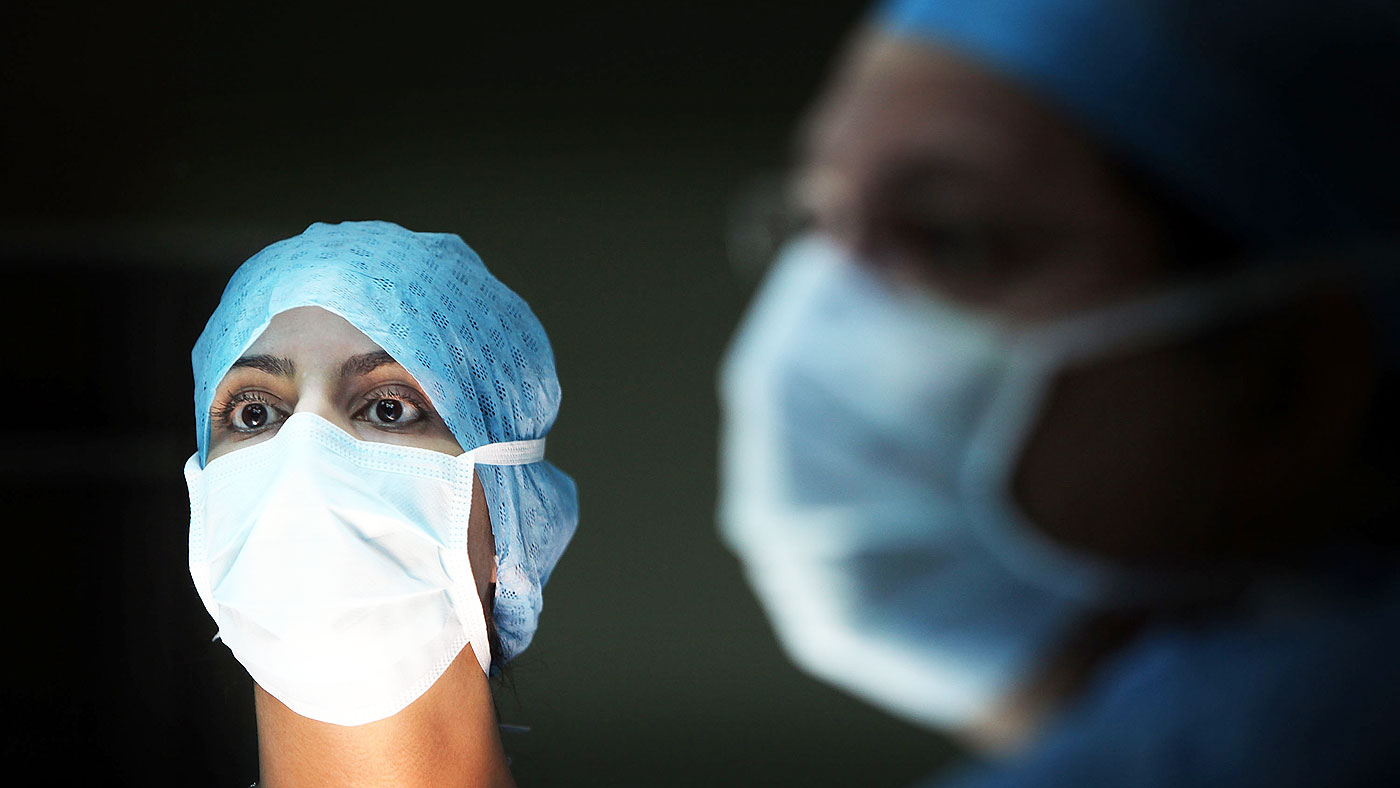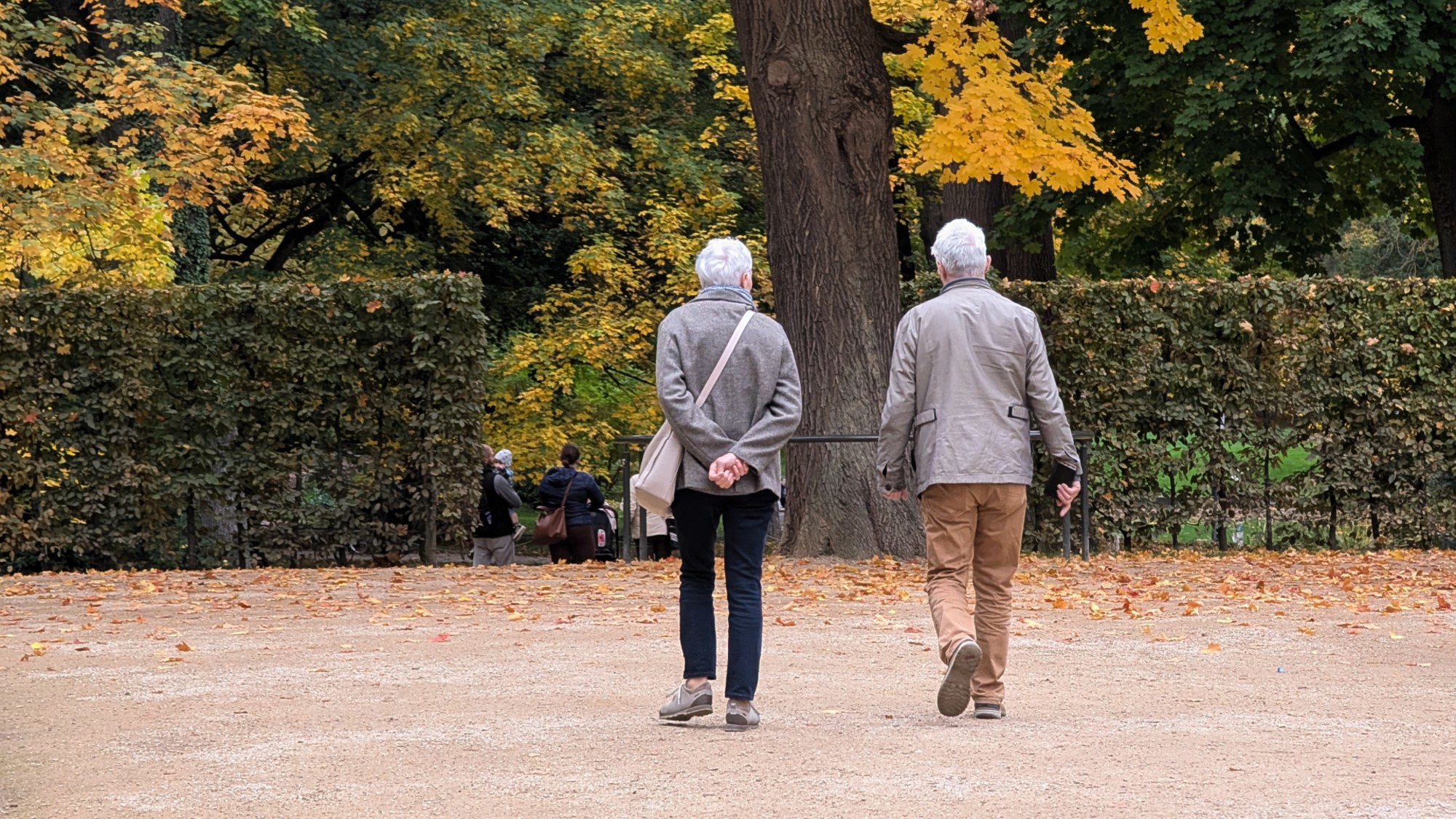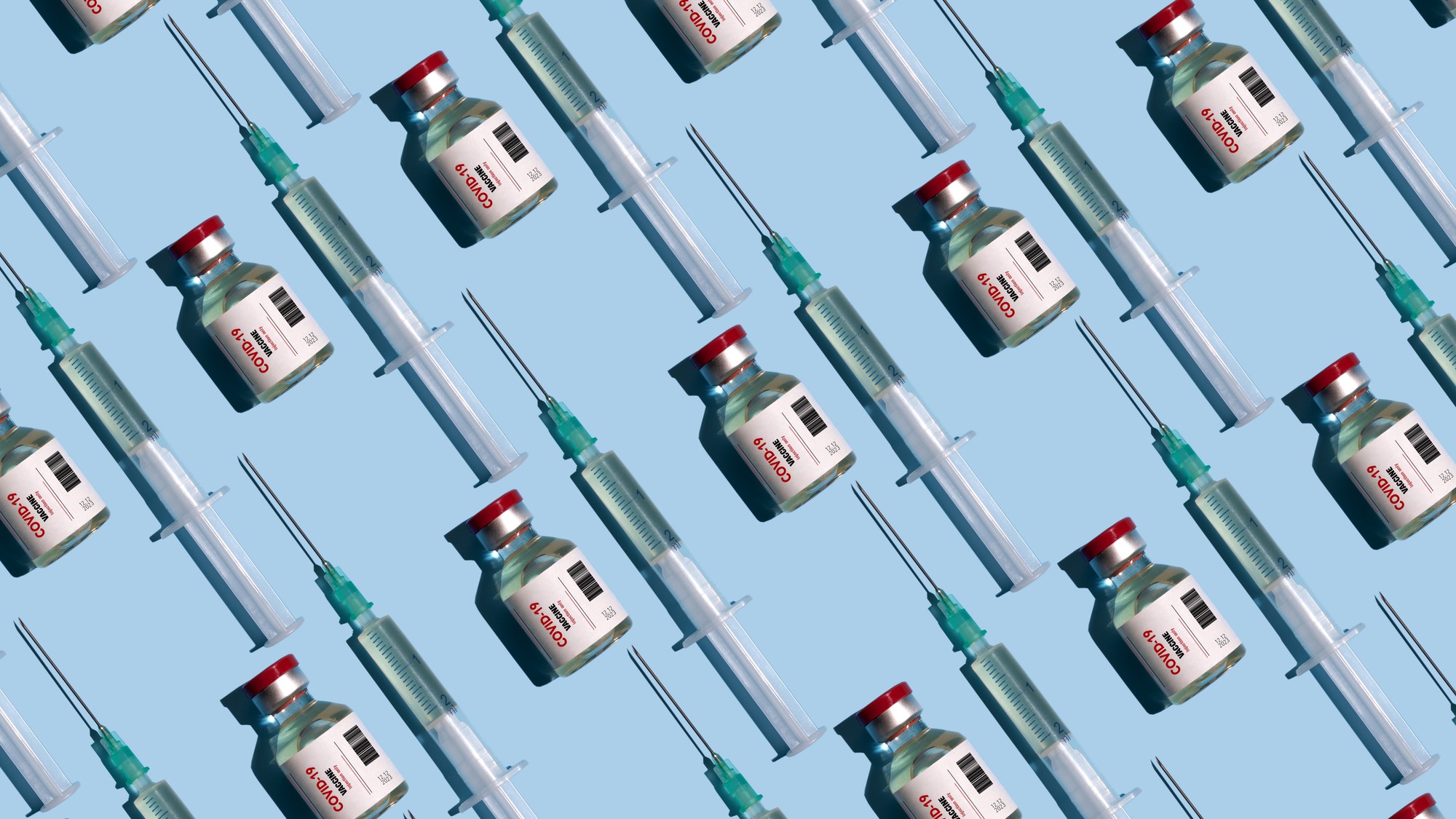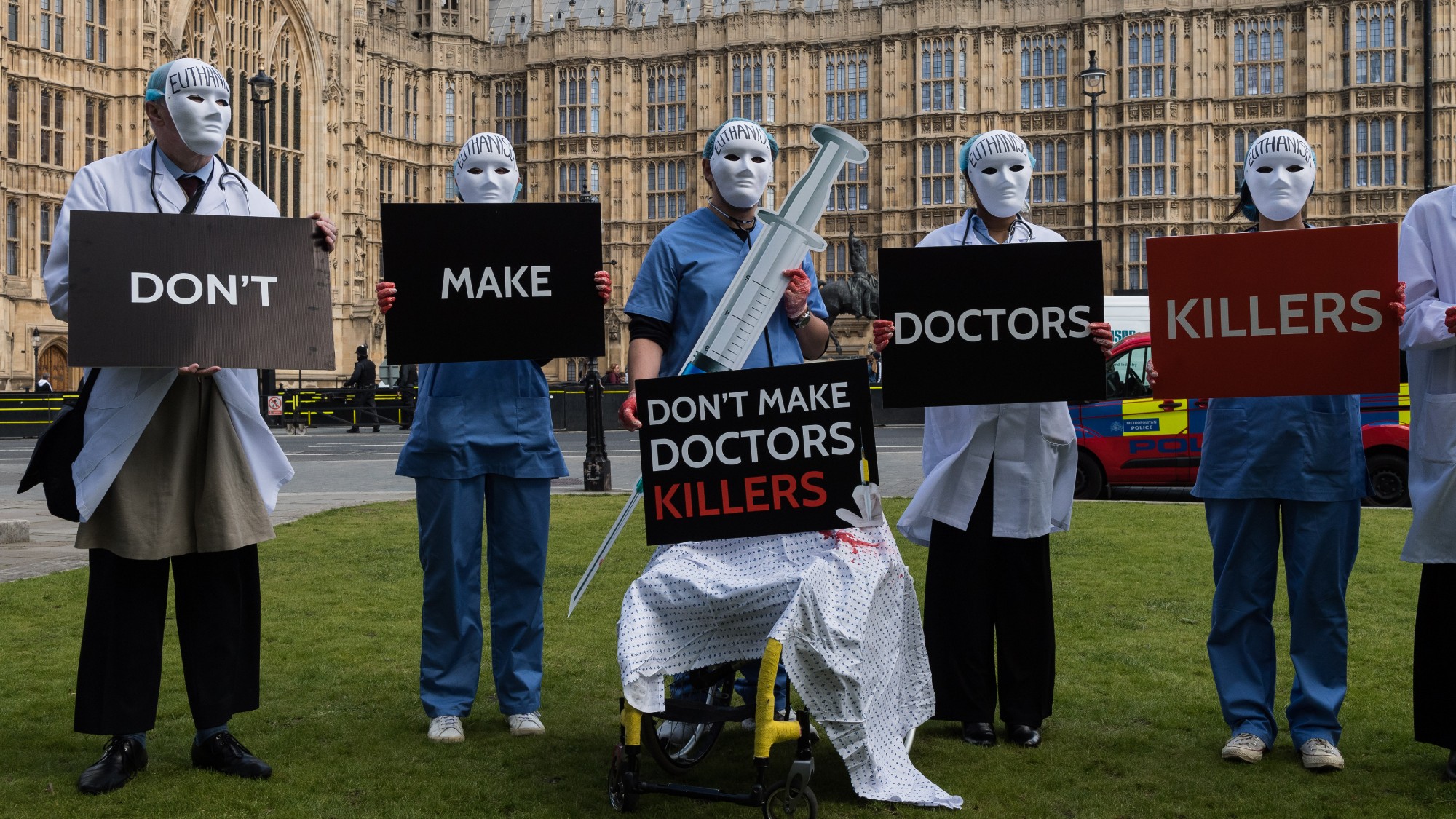Cancer doctors shortage ‘putting patient welfare at risk’
New report says falling number of specialists is leading to longer waiting times for treatment

A shortage of specialists at the UK’s major cancer centres is causing longer patient waiting times and forcing existing staff to work more overtime, experts are warning.
A newly published report from the Royal College of Radiologists (RCR) says the “dire” staffing levels are seeing more than half of vacant posts remaining empty for longer than a year, Sky News reports.
The NHS says it is combating the problem by opening up more training places for doctors to increase numbers, while also investing more resources into cancer centres.
The Week
Escape your echo chamber. Get the facts behind the news, plus analysis from multiple perspectives.

Sign up for The Week's Free Newsletters
From our morning news briefing to a weekly Good News Newsletter, get the best of The Week delivered directly to your inbox.
From our morning news briefing to a weekly Good News Newsletter, get the best of The Week delivered directly to your inbox.
But the RCR claims this was not enough to meet increased demand for care, particularly given the number of doctors who are retiring, says the BBC. More than half of all clinical oncologists quit before the age of 60 as the stress of the job takes its toll.
A census of 62 cancer centres revealed a doctor vacancy rate of more than 7.5%, an increase of 2.5% in five years. Meanwhile, demand for radiotherapy is rising by 2% every year, while demand for chemotherapy is increasing at double that rate.
Dr Tom Roques, lead author of the RCR report, applauded the UK’s recent cancer treatment advances but emphasised the need for urgent action to ensure there are enough doctors to carry them out.
“These doctors are vital to the rollout of these new therapies but we do not have enough of them and our workforce projections are increasingly bleak,” he said.
A free daily email with the biggest news stories of the day – and the best features from TheWeek.com
In 2018, there were 863 full-time equivalent clinical oncology consultants working across the UK.
This is up 46 on the previous year, but the RCR says the increase is not keeping up with demand, with 70 posts left unfilled.
The shortages have left working oncologists to pick up the slack by putting in an extra six hours of overtime each week, on average.
The crisis is also increasing patient waiting times, which are at a record high in England.
The Government has pledged an extra £20bn a year to NHS England’s budget by 2023, as well as increased funding to other parts of the UK.
-
 The UK’s best Christmas pantos
The UK’s best Christmas pantosThe Week Recommends Dive into the festive cheer, even into the new year, with some traditional favourites and modern twists
-
 The longevity economy is booming as people live longer
The longevity economy is booming as people live longerThe Explainer The sector is projected to reach $27 trillion by 2030
-
 Codeword: December 11, 2025
Codeword: December 11, 2025The daily codeword puzzle from The Week
-
 How dangerous is the ‘K’ strain super-flu?
How dangerous is the ‘K’ strain super-flu?The Explainer Surge in cases of new variant H3N2 flu in UK and around the world
-
 Covid-19 mRNA vaccines could help fight cancer
Covid-19 mRNA vaccines could help fight cancerUnder the radar They boost the immune system
-
 The ‘menopause gold rush’
The ‘menopause gold rush’Under the Radar Women vulnerable to misinformation and marketing of ‘unregulated’ products
-
 Deadly fungus tied to a pharaoh's tomb may help fight cancer
Deadly fungus tied to a pharaoh's tomb may help fight cancerUnder the radar A once fearsome curse could be a blessing
-
 'Poo pills' and the war on superbugs
'Poo pills' and the war on superbugsThe Explainer Antimicrobial resistance is causing millions of deaths. Could a faeces-filled pill change all that?
-
 How the care industry came to rely on migrant workers
How the care industry came to rely on migrant workersThe Explainer Government crackdown on recruiting workers abroad risks deepening care sector crisis, industry leaders warn
-
 Could medics' misgivings spell the end of the assisted dying bill?
Could medics' misgivings spell the end of the assisted dying bill?Today's Big Question The Royal College of Psychiatrists has identified 'serious concerns' with the landmark bill – and MPs are taking notice
-
 The Y chromosome degrades over time. And men's health is paying for it
The Y chromosome degrades over time. And men's health is paying for itUnder the radar The chromosome loss is linked to cancer and Alzheimer's